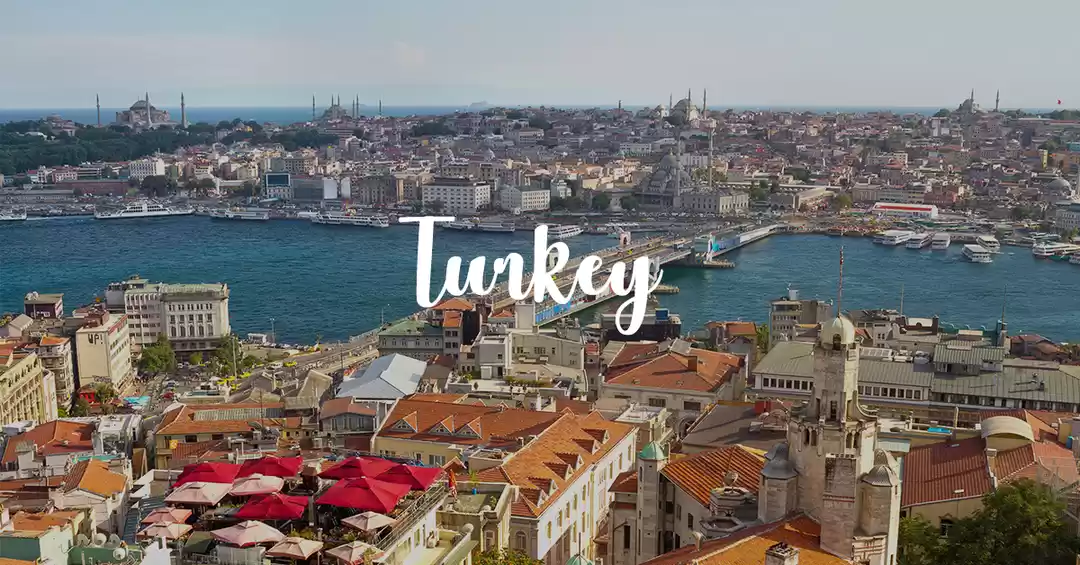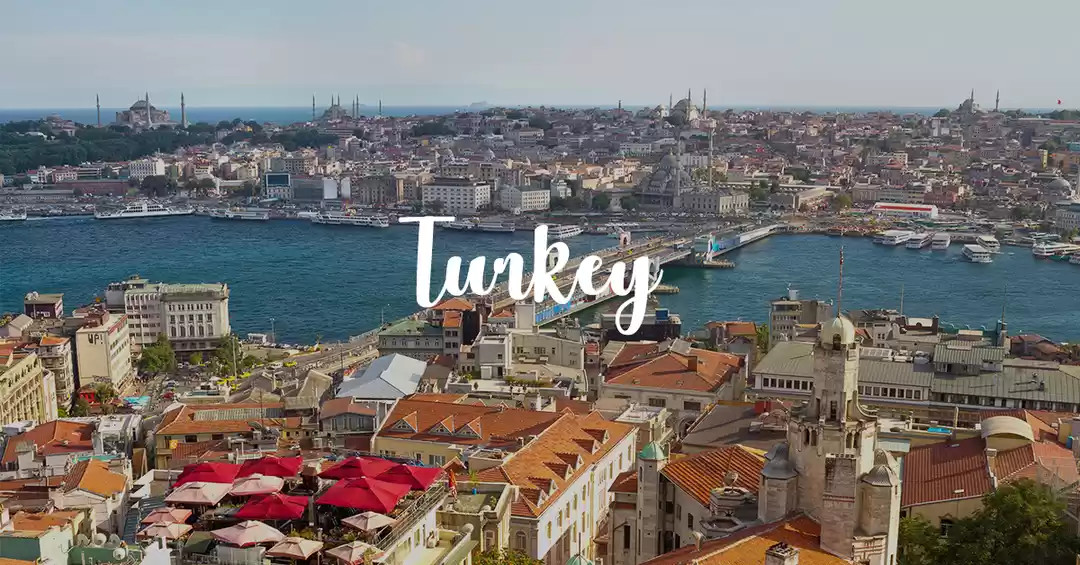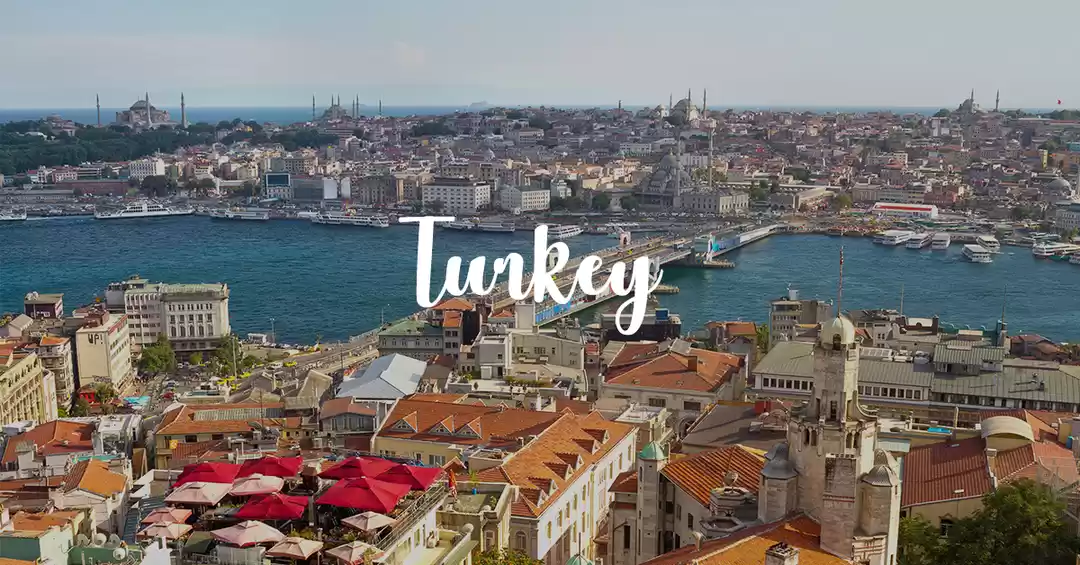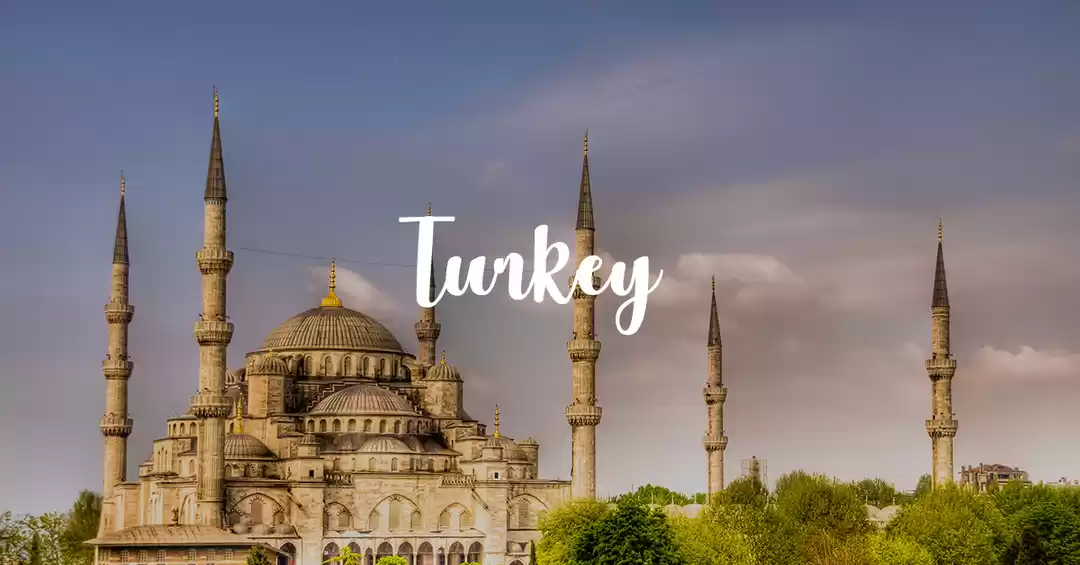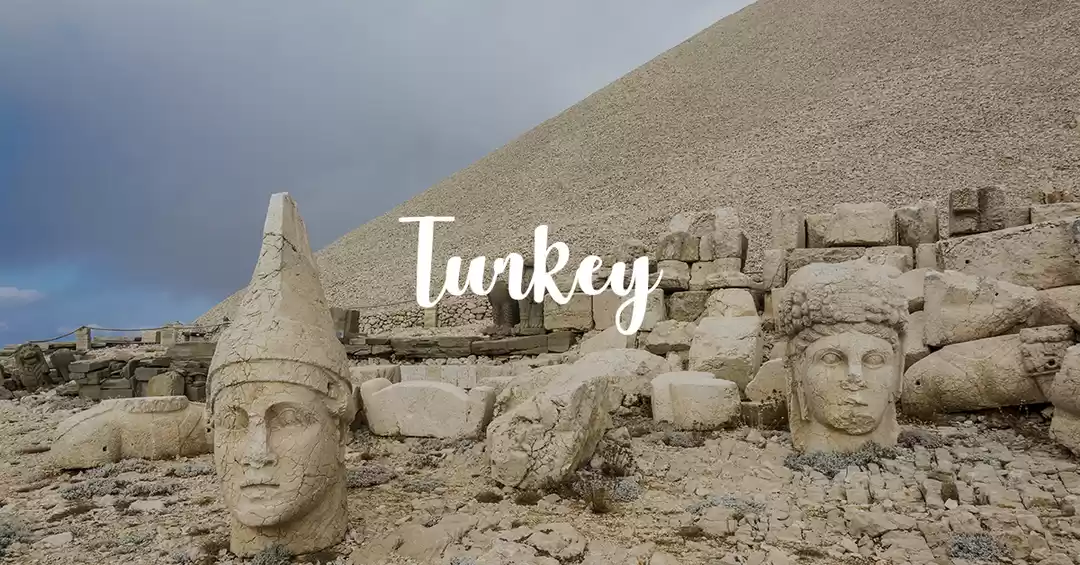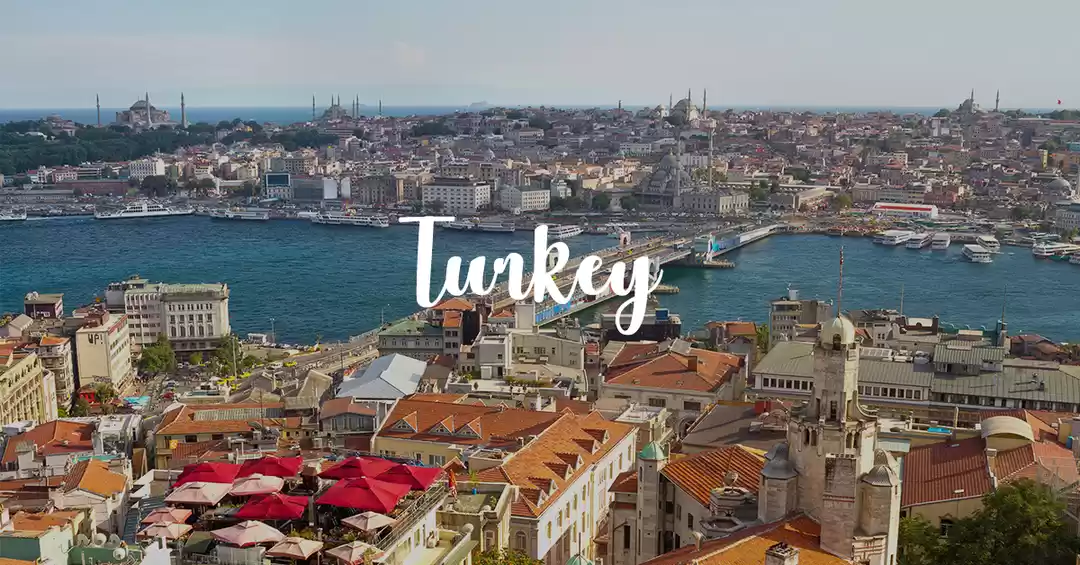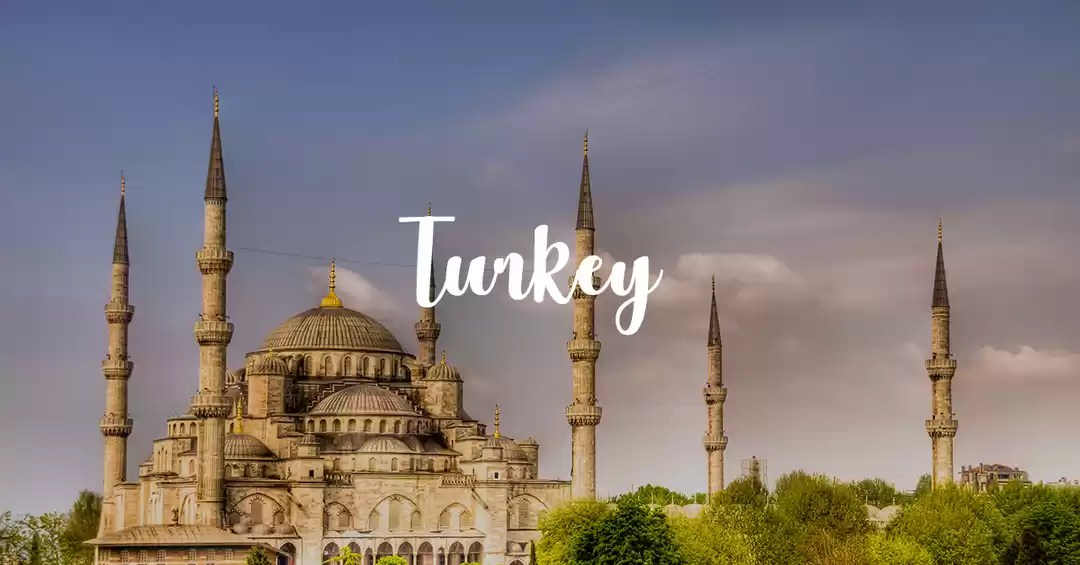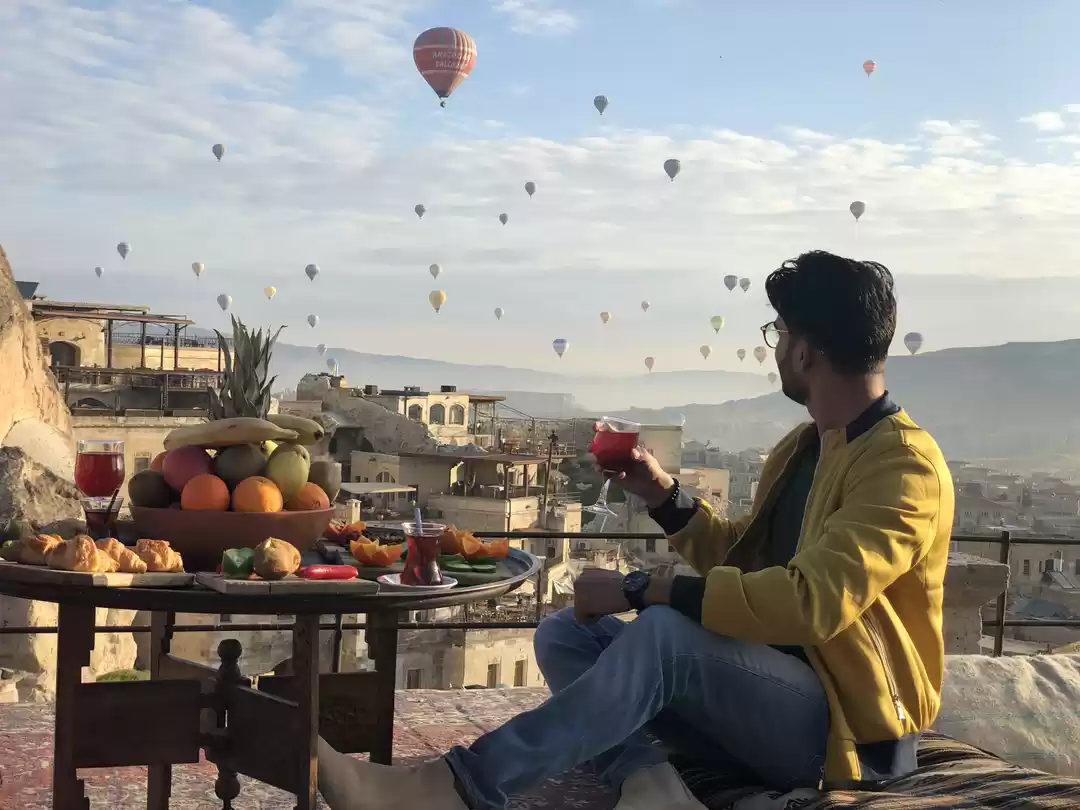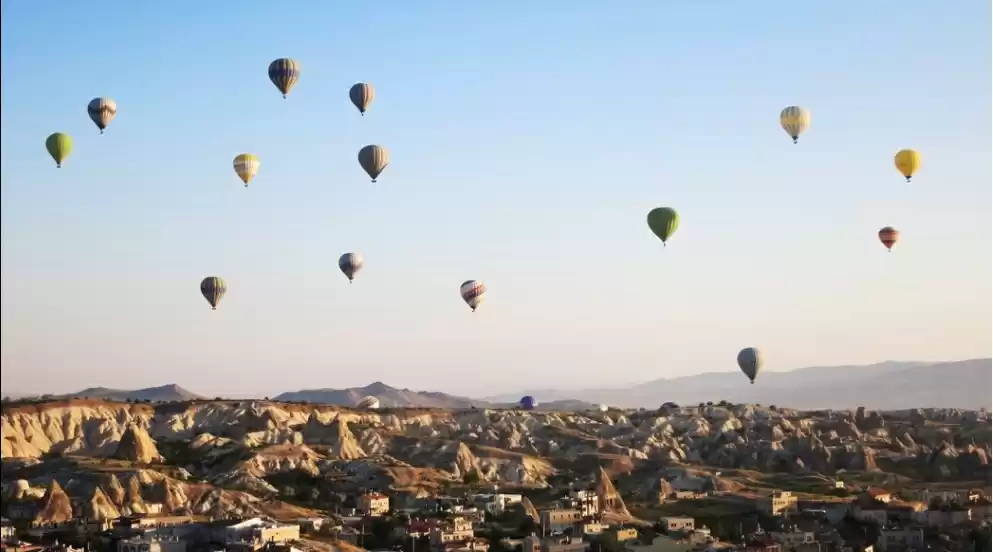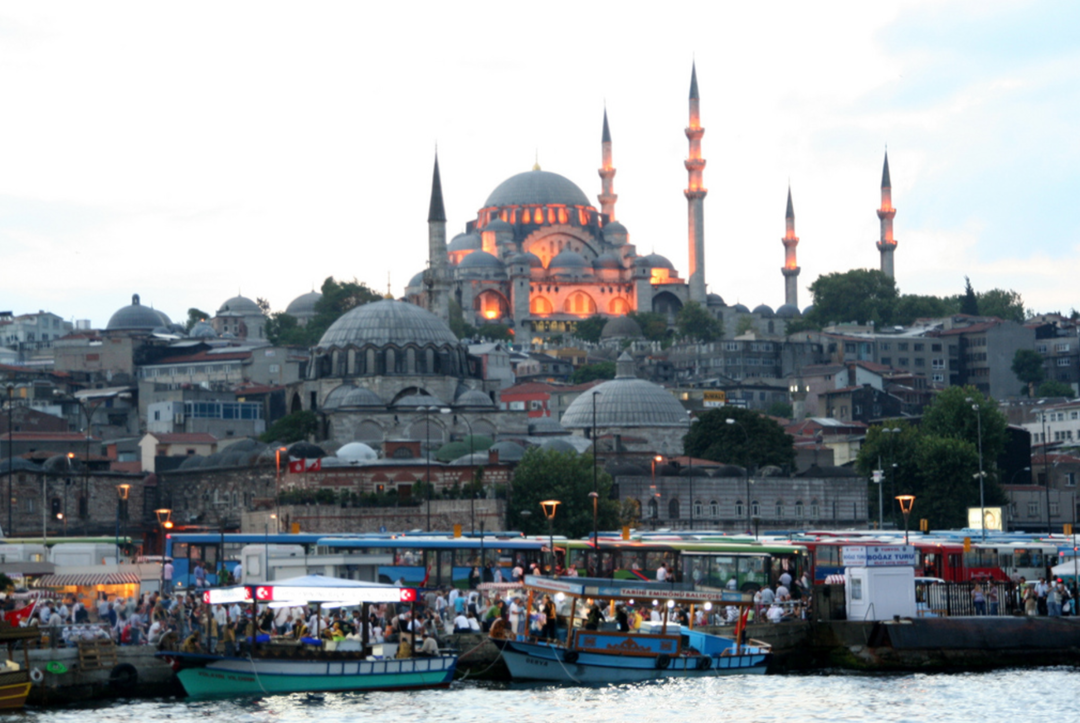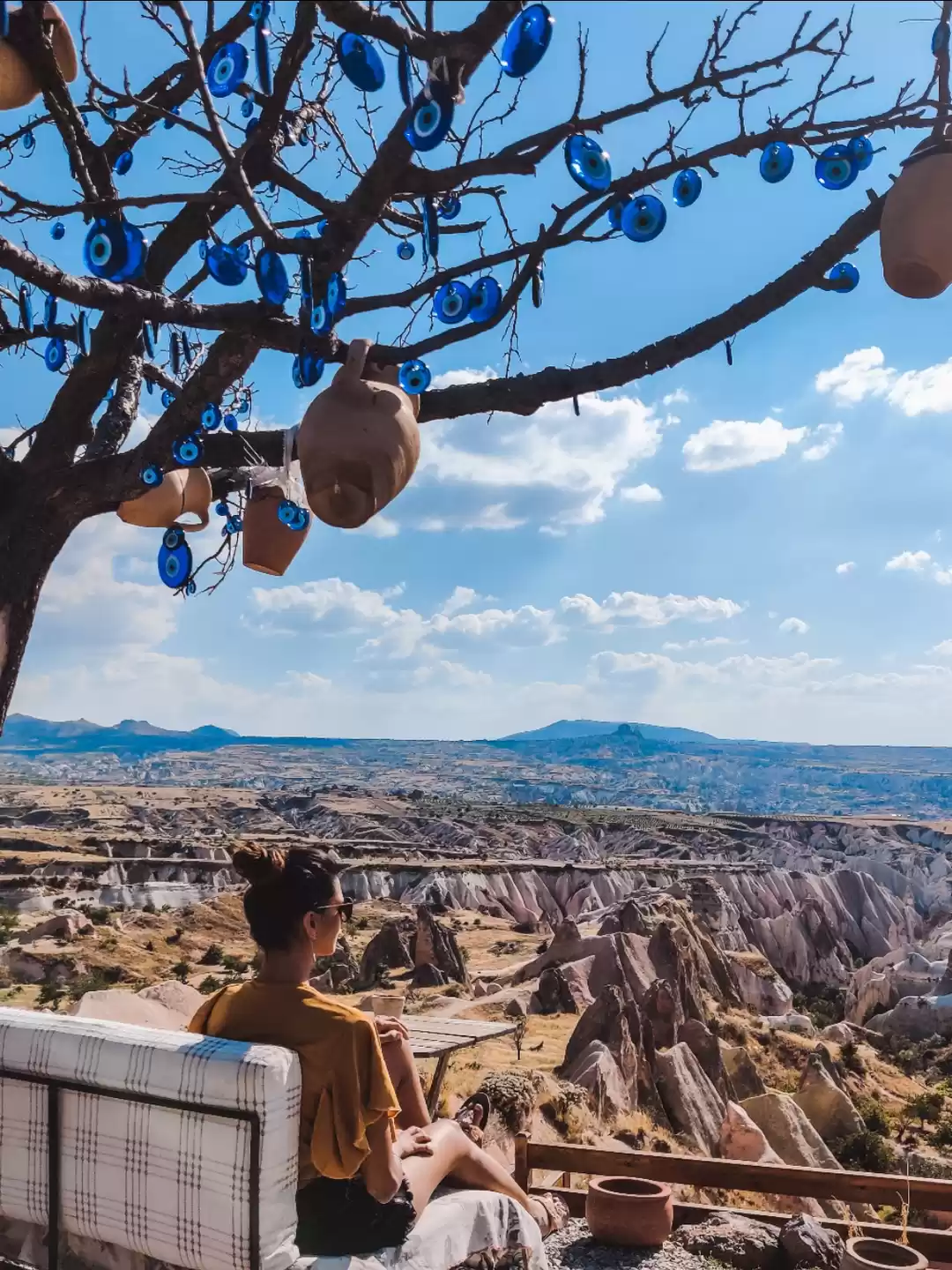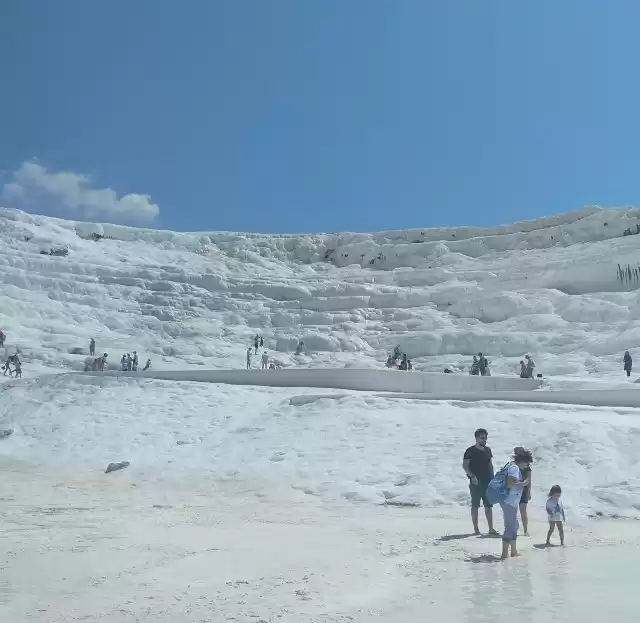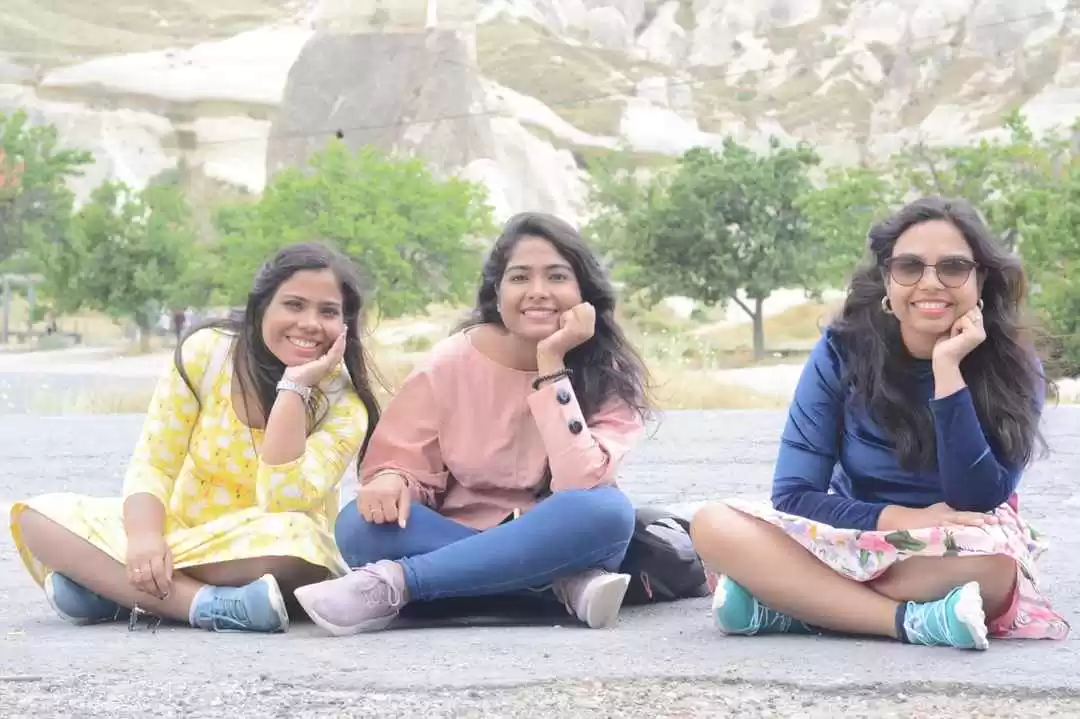Learning about Turkey is a wonderful and enriching experience as you discover ancient traditions, a friendly Turkish culture, historical sites as well as places and destinations that will make a wonderful country for your holidays or to live. Turkey has a very colorful history and evidence has been found of the earliest forms of civilizations living in the lands that now are classed as part of this country. Here is the itinerary for Turkey tour.
Let's start from Mumbai to Istanbul, a direct flight of Turkish Airlines will touch down in Istanbul at 10.45am (local time). After clearing the immigration, hire a taxi & head to the booked hotel - Hotel Novotel Istanbul Bosphorus. Its approximately 23km from airport & would take around 45mins to reach hotel. Check in & relax.
Evening is booked for Bosphorous Dinner Cruise. It is a 3.5 to 4hour activity which includes hotel pick up, drop off, dinner, entertainment, DJ as well. Get picked up from your hotel by 7.30pm or by 8pm and cruise starts at 8.30pm. This cruise sails between 2 continents Europe & Asia, as you dine on Turkish meze. Marvel at monuments from the Byzantine and Ottoman empires. Watch the sun set over the Bosphorus Strait and cruise under Fatih Sultan Mehmet Bridge. Absorb the illuminated majesty of iconic Istanbul landmarks at night. Feast upon a delectable 3-course meal inspired by Turkish culinary classics. Sip on unlimited drinks from an on-board bar. Enjoy vibrant on-board entertainment like belly dancing, dervish dance folkloric shows performed by a professional dancers team.
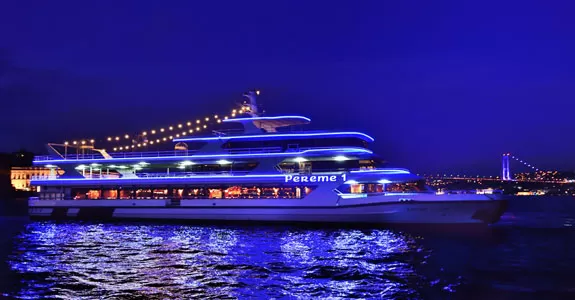




Start early from hotel to visit Hagia Sophia. Our hotel is very near to Tram station - Tophane, just 5min walk & get down in Sultanhmet station. Follow the sign boards & in 500m you will be able to see Hagia Sophia Mosque. It's name signifies “holy wisdom,” is a domed monument originally built as a cathedral. It contains two floors centered on a giant nave that has a great dome ceiling, along with smaller domes, towering above. They built the Hagia Sophia in great haste, finishing it in less than six years. To put this in comparison it took nearly a century for medieval builders to construct the Notre Dame cathedral in Paris. As the capture of Istanbul, and the Hagia Sophia, from the Orthodox Greeks by the Muslim Ottomans is considered a high-water mark of that period, there are some who are advocating for the building’s use as a mosque as a symbol of this history.



Our next is to Blue Mosque which is in a walking distance from Hagia Sophia. Istanbul’s Blue Mosque is also known as Sultanahmet Mosque. Wondering why it was called as the Blue Mosque? Well, you may be puzzled as you approach the mosque as its exterior has not even a hint of blue, but it’ll all make sense when you walk inside and see striking blue tiles. Mosques traditionally have one, two or four minarets. That’s what makes the Blue Mosque unique as it boasts six minarets. The Blue Mosque’s interior is lit with two hundred and sixty windows which were once filled with stained glass of the seventeenth century. Unfortunately they have been lost and replaced with replicas far more inferior. The mosque’s interior has 20,000 blue tiles that line its high ceiling. The oldest of these tiles feature flowers, trees and abstract patterns that make them fine examples of sixteenth century Iznik design.





Next stop by is Grand Bazaar. It's less than a kilometer of walk from Blue Mosque to this place. The Grand Bazaar remained Turkey's commercial hub — for both locals and international traders. Its 4,000 shops were bursting with everything you can imagine, from jewelry to silk clothing, and traditional copper-ware to exotic, Oriental imports. It is one of the largest and oldest covered bazaars in the world. The main area of the Grand Bazaar boasts a total of 64 streets and 22 entrances, however the entire section around the historical bedesten is also considered to be a part of the market. Prepare to get lost and embrace this as a part of the authentic experience.
Throughout the Grand Bazaar and just about everywhere in the Old Town, you'll constantly be barraged by people selling everything you can imagine. This can be intimidating, but it's fun if you loosen up and approach it with a sense of humor. The main rule of thumb: Don't feel compelled to look at or buy anything you don't want.





Nearest Tram station to Grand Bazaar is Beyazıt - Kapalıçarşı. Take a tram & get down in Sultahmet to visit Topkapi Palace. It's about 7-10 min walk from tram station to Palace. Set on top the most visible hill of Istanbul, Topkapi Palace, is the symbol of the city. It was converted into a museum after the fall of the Ottoman Empire and the creation of the Turkish Republic in 1924 and is a must see for any tourist visiting Istanbul. It is made up of four different courtyards and various exhibitions such as the treasury, weapons, watch collection, kaftans, portraits and sacred relics of prophets. Do not miss The Spoonmaker's Diamond, this 86 carat diamond is listed as the 5th biggest diamond of the world exhibited in the treasure section and Iznik tiles.
The entrance fee of Topkapi Palace is 40 Turkish Lira per person. To visit the Harem it is an additional 25 Turkish Lira per person. Museum entry is free for those who have 72 hours Museum Pass. As there are four different courtyards and seventeen different exhibitions you can easily spend at least three hours in this gigantic place, so make sure to pick up a Topkapi Palace map at the entrance.
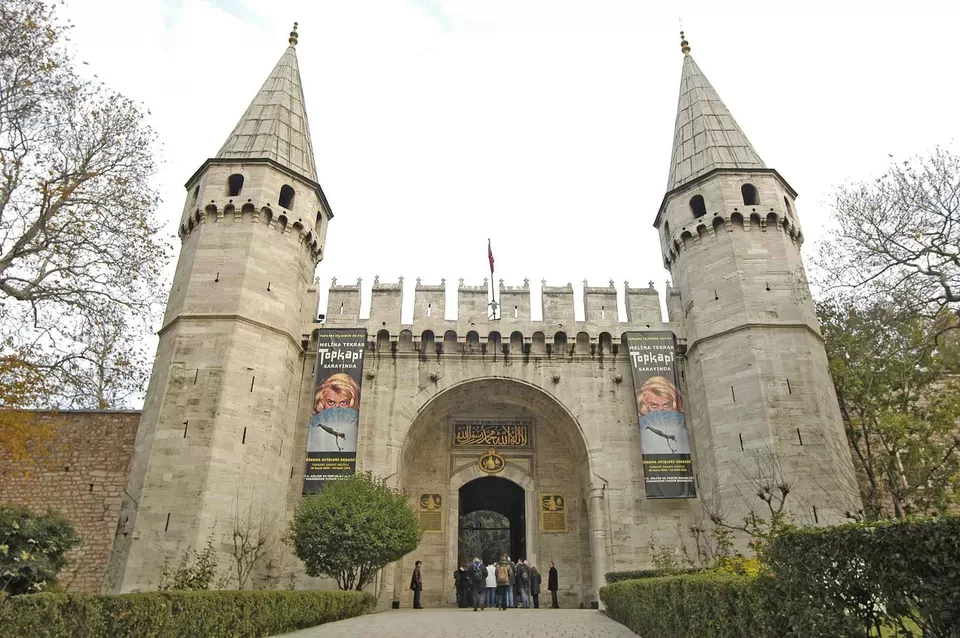




The last visit of the day is Suleymaniye Mosque. Take a tram from Gülhane istasyonu, which is nearest station to Topkapi Palace & get down in Beyazıt. Walk down for 10mins to reach the mosque. Suleymaniye Mosque is the second largest imperial mosque complex in the city. It stands on a hilltop (3rd hill) dominating the Golden Horn and contributing to the skyline of Istanbul. The mosque is the largest mosque of Istanbul. The mosque is less ornate respect to the other mosques of the time, but its simple decorations gives another athmosphere to this masterpiece. As in all great mosques, it has an outer courtyard and the inner courtyard with four minarets in the corners. Two of these minarets are taller & other two are shorter in height.
There are 3 entrances to inside of the mosque, one being from the inner courtyard on the axis of the mosque and other two being on the sides of the outer courtyard. Inside, the floor is covered with carpets. The chandeliers are low and dim so it gives you an idea of the time when it was lit with candles,and there are 138 windows. Today Suleymaniye mosque is one of the most popular sights in Istanbul. Normally tourists enter the mosque from the inner courtyard and after taking the shoes off. Camera and flash is allowed in the mosque.


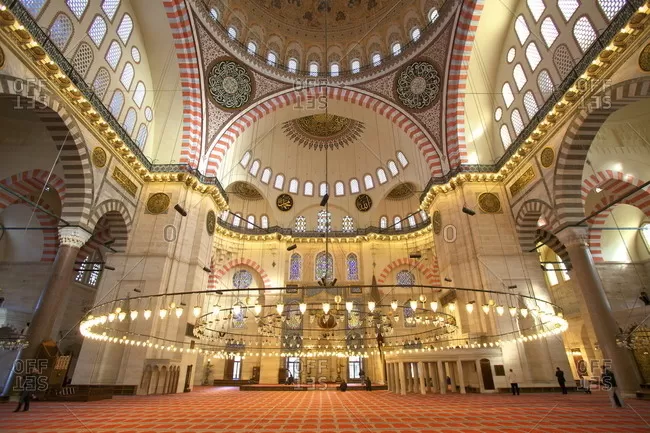
Take the early morning flight to Kayseri from Istanbul. Its less than 1.5 hour journey by air. There are plenty of bus & cab services to Cappadocia, opt any one to reach the booked hotel - Elagance Cave suites, Goreme. Specialty of Cappadocia is that most of hotels are built like caves which gives altogether a different feel of stay. Even though hotels have check-in time at 3pm, they are kind enough to keep your luggage with them so that you can start exploring the place without any waste of time.
There are number of local travel agencies that provide you city tours of that place & surroundings, they are pretty competitive in costing too. Choose one & head to city tour. The first spot is - Devrent Valley. It is a small place on the outskirts of Goreme, the transport and tourism hub of Cappadocia. You see, Devrent valley is also named Imagination Valley because all you have to do is let your mind run wild and a variety of stone sculptures can be seen but perhaps the coolest aspect is that all are natural and made by the one and only herself, Mother Nature.
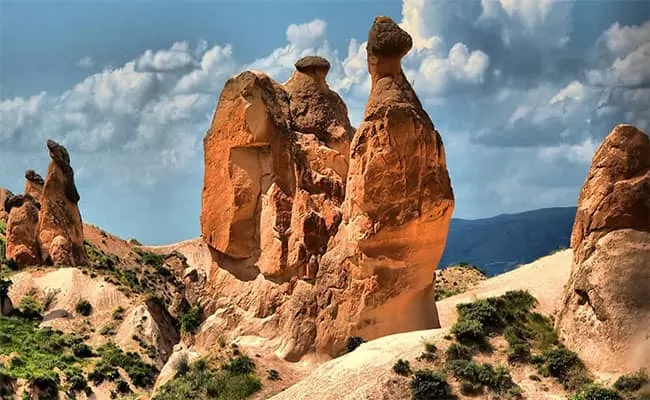


Next spot is Monks Valley. This breath-taking valley is famous for its having wonderful landscape and the best various collection of fairy chimneys in Cappadocia. With this aspect, it reminds of the people's mind that the fascinating place looks like the museum of fairy chimneys. Also its extraordinary scene creates a metaphysical world by relaxing the spirit of visitors.



Next we would visit Avanos, a pottery village of Turkey. This town is about 8 kilometers (5 miles) from Goreme. Avanos has a lively center with all the usual amenities including a modern, tourist-oriented hamam (Turkish Bath). The Kizilirmak (red) river (ancient Halys river) is the longest river in Turkey and it does not only separate the town from other parts of Cappadocia, but also gives the supplies the clay for pottery.



Later, we would visit - Goreme Open Air Museum. This is perhaps the most popular non-hot-air balloon attraction in Cappadocia. Upon entering and buying your 20TL ticket (be sure to hold on to it as it allows you to enter the Buckle Church halfway up the hill outside the main entrance to the museum) you will see the Museum Shop. As you progress through the Goreme open air museum moving from one cave church to the next the details become more like a vegetable soup in your head so that by the time you leave, you have memories of seeing a bunch of fascinating paintings in random caves.



The last stop for the day is - UCHISAR CASTLE AND VILLAGE. It is located on between Nevsehir and Goreme road. Having a geo-strategic position, dominating whole city from the top of the heap, this magnificent castle presents the visitors a dreamy panorama area with its miraculous landscape. It has a splendid environment providing the fantastic hues of red on Mt. Erciyes at sunset, the quiet, refreshing valleys and the rainbow of colour created by land and sky. In addition, the highest point and pearl of Cappadocia, Uchisar Castle covers the very huge area. It takes approximately 120 steps to climb at the peak of this glorious fortress.



Cappadocia's rich and diverse cultural and political history is enough to attract anyone to the region — but what brings tourists to Cappadocia these days is the chance to see it from a hot air balloon. With fairy chimneys and pillars, river valleys and cliffs, the region is certainly a magnificent site to behold from the air. Luckily, it's fairly easy to book a trip to the area and see it for yourself. There are many hot air balloon tours to choose from. The one you want will depend on your personal preferences in terms of length of flight, capacity of balloon, and cost. Standard flights carry more people and don’t last as long, but they are more cost friendly. Although deluxe flights cost more, they carry less people and stay up in the air longer. Most companies also offer private tours for special occasions.
Hot air balloon flights are weather dependent and may be cancelled any day. In that event, many companies will offer you a full refund or help you reschedule. Plan to spend a few days in Cappadocia so you can re-book if this happens to you. You can go hot air ballooning any time of year, but with hot, dry summers and cold—and sometimes snowy—winters, the best time to go is during the spring (April-June) and fall (September-October) months.
Balloons usually take off early in the morning—about 5:00-5:30am, depending on the season—because the wind conditions are best around sunrise. Tour companies will pick you up at your hotel, so there’s no need to worry about getting to the take-off site while you’re half asleep. A lot of tour companies change their take-off site on a day-to-day basis. They base the location on the day's wind direction and speed. No matter which tour you decide to book, in line with balloon tradition, expect a champagne toast (and maybe a slice of cake) upon landing. At the end of the trip, tour companies generally hand out certificates or medallions to commemorate the event. Am sure that you will have an amazing feeling & experience about it.



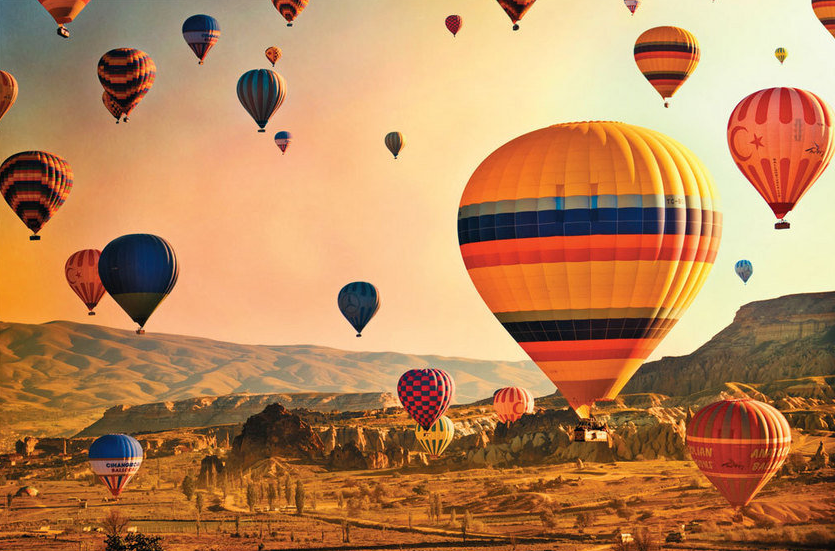

Hot Air Balloon ride would be of 3-5 hours activity & you should be back to your hotel by breakfast time. Later head out to other part of the city tour. first stop would be - Kizilcukur Valley. It is 15 km far from Nevsehir centurum. With it ’s vegetation, natural rock formation and colors, it is the most important tourism centers of Cappadocia Region. the valley which has the red-tuff –rock formations founded in the region rarely, turns red on sunset; for this reason, It is the main haunt for the domestic and foreign tourists who want to watch the sunset.



Next place of visit would be - Pigeon Valley. It is one of the best spots for walking in the marvelous Cappadocia region, Central Anatolia. The valley is located between Goreme and Uchisar, where you can visit Uchisar Castle for a magnificent view, an easy hiking trail connects the two via the valley passing through rock-hewn Christian churches and abandoned cave homes. Adventures may also choose to explore Pigeon Valley on horseback or with a jeep safari.



Cavusin is 4 km away from Goreme-Avanos road. Basically houses surround a mountain like massive rock. It is all messed up as a result of the erosion of the rocks over time and earthquakes. There are relatively new stone buildings in the front of old stone blocks. You can see domed structures that get higher towards the top of the rock as well as praying buildings, monks cave and shelters among the houses. They look like an ant colony looking from above. Saint Baptist Monastery, which is one of the oldest building in Cappadocia, is hidden among the rocks here. The themes used in the church are taken from the Bible and the life of Christ as in other churches. And inside the entrance of the main hall, portraits of Nicephoros Phocas and his family can be seen.
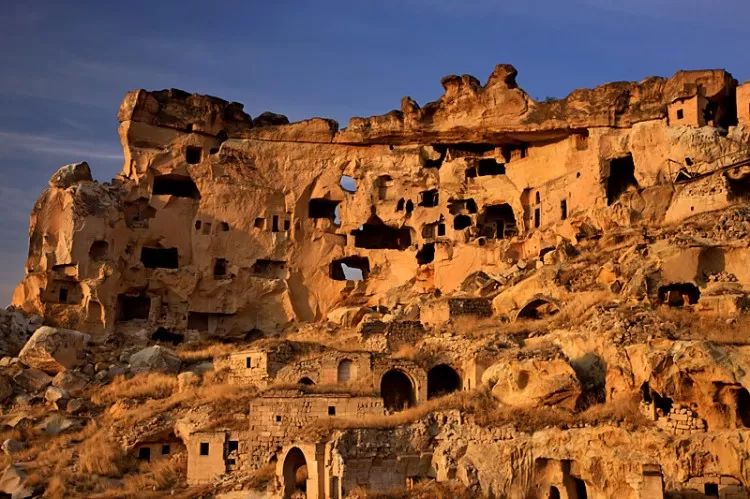
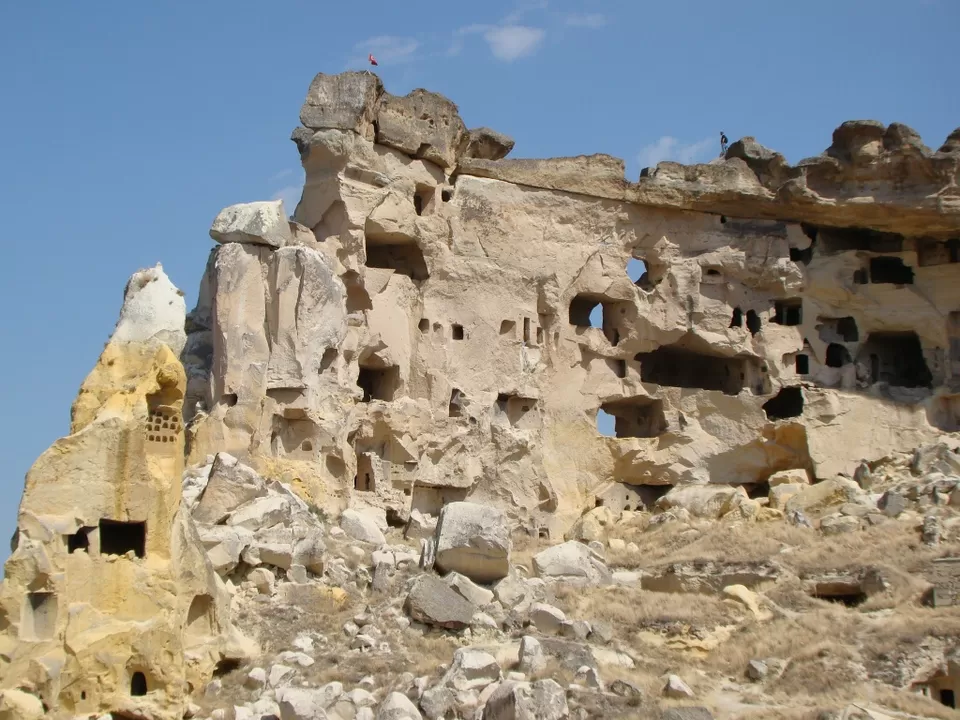
An Underground City? Who’s up for that? A place where nobody lives? An old “city”? Well yes but on your travel journey through the moon like surfaces of Cappadocia, this is a city you should definitely visit. In fact there are a number of these underground cities in Cappadocia, so you can take your pick. We headed to Kaymakli so here’s a backpacking overview of that one. On arrival in the village of Kaymakli, you’ll see a small market, walk through the market (it’s a tad touristy) and at the end is the entrance to Kaymakli underground city. Entry is a fixed rate of 15 Turkish Lira per person.
It’s a load of underground caves and bunkers that were once a crazy undergound city where people lived. The whole place is quite incredible! Be very careful of your head, spend about 45 minutes inside exploring. Read the signs on the walls that tell you what each part of the city once was. Follow the arrows when you’re inside – it’s the recommended route round the city. You can marvel at the fact that people used to live here! Yes years ago this was the life – living in caves! Kaymakli is of course also a UNESCO listed World Heritage Site – which is one for those who like to tick these off.



It is a monastery complex carved into the rock. Similar in some ways to Meteora with its location into the rock, though from what I could see was not at all built up. Apparently built in the 13th century, they carved into the rock and used it like that. The monastery is in a region called Guzelyurt. Its definitely a religious place. But there used to be frescos and color on the walls, but those traces are gone now.
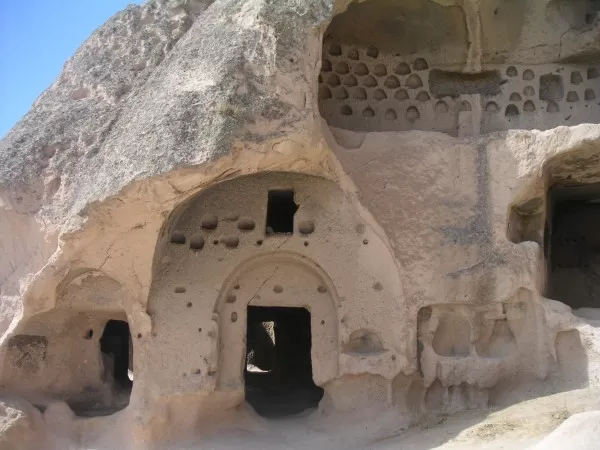


You can take a night bus to Izmir or a flight next morning which would reach Izmir in the morning. From there, its around 100km drive to Kusadasi, where you can base yourself for next couple of days. Check in to hotel & head to Kusadasi Port. Indeed, as a major cruising port, cruises from around the world dock in yearly for passengers to see the nearby historic ruins of Ephesus. For many, the ruins, bustling town, and surrounding districts are the only glimpse into Turkey they will have. The port area and Scala Nuova Shopping Center boast of upmarket shops like Starbucks, Diesel, and Swatch. From here, a spectacular view of the Aegean Sea gathers, even more, momentum when Ocean Cruises dock in.



After a refreshing hour or two of people watching, come out of the port, go straight ahead to find the bazaar on the right-hand side. Alternatively, a wide pathway slightly to the left of the caravansary leads to more shopping areas in the heart of the town. Here prices generally are lower but still bargain for big purchases such as carpets, leather, or gold.
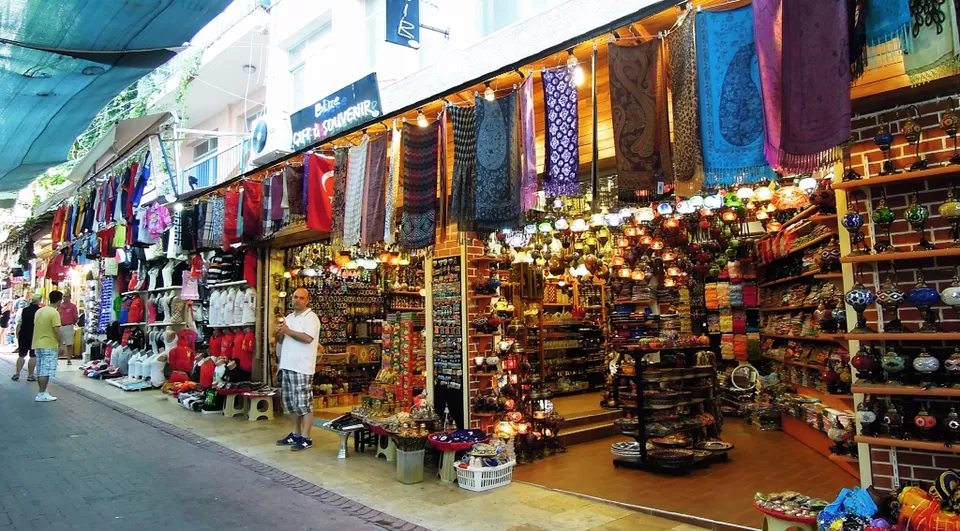
If shopping isn’t your idea of fun, turn right when coming out of the port area and follow the road round. 10-minutes later, the harbor area enters into view. From here, boats depart daily for lazy day cruises around the coastline. Further down the promenade, is Pigeon Island, a domineering landmark jutting out of the mainland. Providing spectacular views, it is an ideal place for chilling out and relaxing. Used by the Ottomans as a strategic defense point, little remains of the old Byzantine castle yet the gardens are extremely well maintained and ideal for a romantic stroll.

Opt for a Ephesus Guided Tour. After meeting your guide drive through the fertile lands. Your first stop will be the Temple of Artemis, one of the 7 wonders of the ancient world. Home to both Greeks and Romans, the grand temple was destroyed and rebuilt many times over the course of its long history. The Antipater of Sidon, who compiled and visited all the seven wonders, said the temple was more marvelous than any of the other six wonders.

Proceed to Greco- Roman City of Ephesus, the most well preserved example in the world. The reason it is so well preserved is because it was buried under soil for centuries, perfectly preserving the mosaics, structures, marble columns and also preventing looting or environmental damage.



Later on, visit the House of Virgin Mary, where it is believed she spent her last days. This is a holy place for both Christians and Muslims. Entrance fee for House of Virgin Mary is 25 Turkish Liras per person. Credit Cards are not accepted. Travellers must have Turkish Liras cash with them. Every sunday at 10.30am, there is holy mass in English takes place.

Afterwards you will visit the Isa bey Mosque. It is one of the best and important example which reflects the end of the Seljuk Empire period in late 14 C A.D. In addition, this mosque bears the imprint of Umayyad mosque in Damascus in which is one of the Islamic centers for scientists and scholars. The marble and tiles here make almost a visual feast those who want to visit. It is located in Selçuk down town and it is easy to reach. It is between the ruins of Artemis temple and basilica of St. John the evangelist. It is on the right hand side from Izmir road and next to the St. John basilica.

Its a long drive on Day 7 to Pammukale. It means, “cotton castle” in Turkish and it’s a natural site that’s located near Denizli in Turkey. This town is famous for its hot springs and massive white limestone terraces (travertine). It is also the site of the holy ancient city – Hierapolis that lies just above the travertines. However, these well-preserved ruins of Hierapolis hardly ever receive limelight. Pamukkale’s thermal pools and natural travertines often overshadow them. After all, Pamukkale has received its popularity due to millions of photos of people bathing in calcium pools. Guess what – Pamukkale has been a ‘spa town’ since the Romans arrived in the ancient city of Hierapolis.
Miles and miles of white calcium cliffs with multi-level pools as if Mother Nature had created them for her children to bathe in! Pamukkale’s thermal pools and travertines are surely a bizarre sight. The most obvious thing to do in Pamukkale is checking out the travertines that are a UNESCO World Heritage Site. The access to both the travertines and Hierapolis is through the same gate and the ticket price includes both. The entry to the travertine terraces and the ruins is 35 Turkish Lira.



Hierapolis – a beautifully preserved ancient Roman site. It is an ancient city located on the top of the travertine pools. Some of the structures here are around 2200 years old and are still standing with their unique story to tell. The entry to Hierapolis is included in your ticket for the travertine terraces. While the travertine pools are a natural wonder, the adjoining Hierapolis ruins are a historical gem.


Remember the scene from the Game of Thrones where Khaleesi arrives in the dragon pit with her dragons? Well, the amphitheatre in Hierapolis looks like that. This ancient amphitheater is a part of Hierapolis ruins and the sheer magnitude of its size will simply amaze you. It is on top of a hill, so be prepared to climb (a little) for a good view. From the distance, it doesn’t look very appealing but is magnificent when you’re closer.

As you cross all the travertines and reach the top, you will reach Cleopatra Pools. It is believed that Cleopatra swam here as a part of her daily beauty regime because the water is mineral rich. If you’re in a mood for a swim, the Cleopatra Pools are better as compared to the travertines. The mineral-rich swimming pool is large and had many shady areas where one can sit. A swim here with Roman ruins costs around 30 TL and is not included in the ticket price. In this price, you also get your own locker and towel.

Just parallel to the travertine terraces, there is a little market where you’ll find locals as well as tourists. You can find many locally made knick-knacks, carpets and a few restaurants that overlook the travertines. It’s a good idea to stop in this market to eat lunch. Moreover, if you want to buy typical Turkish handicrafts like hand painted bowls, etc., this local market is perfect for finding a good bargain.
Pammukale to Denizli is hardly 25kms & one can opt to stay overnight in Pammukale/Denizli so that it will be easy to commute next day to Istanbul.
Catch a flight to Istanbul & check in to the booked hotel. Later in the evening, stroll around the local markets & you can also visit any place of your interest.
Its your last day in Turkey, pack your bags, with lots of memories for lifetime, depart from Istanbul to Mumbai at your scheduled flight time.
Frequent Searches Leading To This Page:-
top turkey tour packages with price for couples, top turkey tour packages for couples, top turkey tour packages for family, turkey honeymoon tour packages, 7 days turkey tour package



